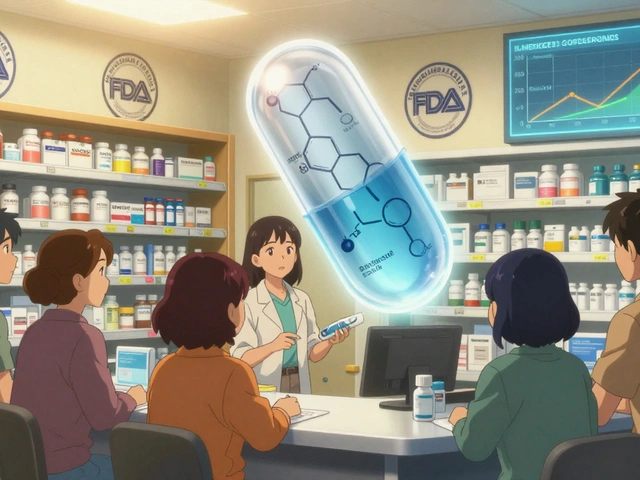Wound Healing: Simple Tips to Speed Up Recovery
Got a cut, scrape, or burn? You don't need a medical degree to help your body repair the damage. Understanding a few basics can make the difference between a scar that fades quickly and one that sticks around for months. Below you'll find straightforward steps you can start right after the injury and continue until the skin is back to normal.
First, know that healing happens in three phases: inflammation, tissue rebuilding, and remodeling. The body sends blood, white cells, and nutrients to the wound right away. Within a few days, new skin cells start filling the gap, and over weeks they tighten and strengthen. Anything that interrupts these phases slows the whole process.
Quick Steps to Boost Healing
1. Clean gently. Rinse the wound with cool running water. You don't need strong soaps or chemicals – just remove dirt and debris. If you have a mild antiseptic (like chlorhexidine), a quick dab is fine, but avoid harsh iodine that can dry out tissue.
2. Apply light pressure. Use a clean gauze pad or a non‑stick dressing to stop bleeding. Press gently for a few minutes; don't scrub or rub the area.
3. Keep it moist. Contrary to old advice, a slightly moist environment speeds up cell growth. A thin layer of petroleum jelly or a hydrocolloid bandage works well. Change the dressing daily or when it gets dirty.
4. Protect from friction. Cover the wound with a bandage that stays in place but doesn’t stick to the skin. This prevents pulling on the new tissue and reduces scab formation.
5. Stay hydrated and eat right. Water, protein, vitamin C, and zinc are the building blocks your skin needs. A glass of water and a snack of nuts or yogurt can make a noticeable difference.
Common Mistakes to Avoid
Picking at scabs is the fastest way to reopen the wound and invite infection. Let the scab fall off naturally – it’s a protective shield while new skin forms underneath.
Using too‑strong antiseptics or alcohol wipes can kill healthy cells along with germs. Stick to mild cleansers and limit antiseptic use to the first cleaning.
Leaving a wound exposed to air for long periods dries the tissue, making it harder for cells to migrate. If you have to be without a bandage for a short time, keep the area clean and re‑apply a moist dressing as soon as possible.
Ignoring signs of infection – redness spreading beyond the edges, increasing pain, swelling, or pus – can turn a simple cut into a serious problem. If any of these appear, see a doctor promptly.
Finally, don’t rely on “miracle” creams that promise instant healing without evidence. Stick to proven options like silicone gel sheets for scars or prescription ointments if a healthcare professional recommends them.
With these easy steps, most minor wounds heal well within a week or two. For deeper cuts, burns, or wounds that aren’t improving, our site offers detailed guides on antibiotics, dressings, and when to seek professional care. Stay safe, keep it clean, and let your body do its job.
How Proper Hydration Accelerates Abrasion Healing Naturally
Learn how hydration directly affects the healing of abrasions, why moist wound care works, and how to speed up recovery with everyday tips.






